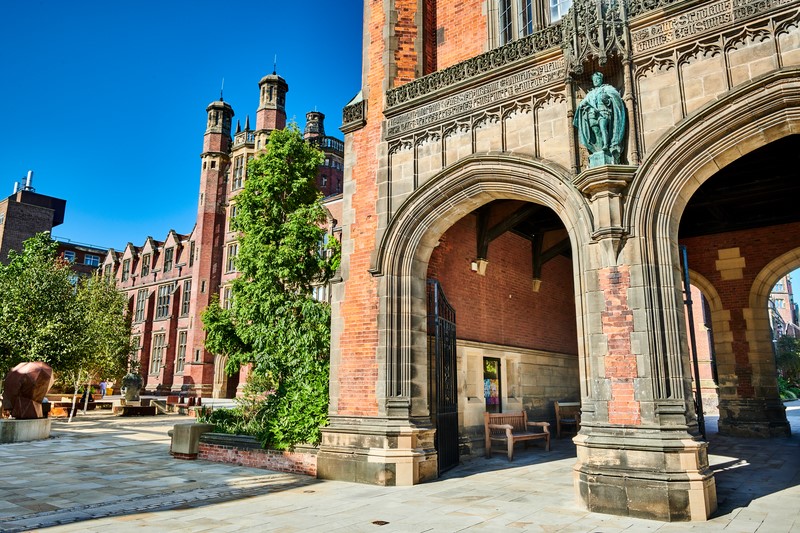Investing in ‘creative clusters’ is key to economic growth
19 December 2023
The first Creative PEC State of the Nation report provides fresh insight on where policy intervention could be best targeted to bolster the creative industries and help level up the UK economy.
Creative corridors
Nearly 70% of all the UK’s creative industries’ gross value added (GVA) is concentrated in London and the South-East. This constitutes a ‘supercluster’ with considerable benefits for the UK economy; attracting talent, investment, infrastructure, supporting knowledge exchange and fuelling economic growth. The new research identifies seven broad areas - ‘creative corridors’ - within the UK which have the potential to bring supercluster style benefits.
Geographies of Creativity is the first report in the Creative Industries Policy and Evidence Centre’s (Creative PEC’s) new ‘State of the Nations’ series. It uses the latest data and new analysis to provide regular reporting on the creative sector across all four nations. Today’s report brings together, for the first time, creative industries activity data across three geographical levels: microclusters, clusters and creative corridors. Examples included in the report are a microclusters of small, independent creative businesses in areas such as Livingstone and Falkirk; a film and television cluster in Cardiff; and the emerging creative corridor in the north of England.
Creative PEC is led by Newcastle University and RSA. Hasan Bakhshi, Professor of Economics of the Creative Industries, Newcastle University and Director, Creative PEC said: “An enduring feature of the UK's creative economy is its heavy concentration in London andthe South-East of England. However, previous research has pointed to pockets, of microclusters and larger clusters of creative industries activity right across the UK’s nations and regions. This raises the question as to whether neighbouring creative microclusters and clusters can join up in 'creative corridors' to compete, like London and the South-East, at the global level.
"With regional devolution, new mayoral authorities and the creative sector identified as a key growth industry across the political spectrum this report lands at the perfect time to support creatives and creative businesses across the whole country.”
Lead report author Dr Josh Siepel, Creative PEC Research Consortium Partner for R&D, Innovation and Clusters and Senior Lecturer, University of Sussex Business School, said: “Clusters and microclusters of creative activity exist across the whole country, not just in the large urban centres. Therefore, they could play a unique role in reducing the UK’s regional inequality. Our new data analysis shows that microclusters are fuelling growth in the larger creative clusters. This provides a good argument for policy intervention at the hyperlocal level to bolster activity already taking place and support the development of new clusters.
"Our deep-dive analysis of creative industries business activity in several places in the north of England shows similar characteristics to those in London hence we can be reasonably confident that policy intervention at this level would support wider regional development.”
Creative Clusters
The report identifies that creative clusters are the growth engine of the UK’s creative industries. It further suggests that there are potentially seven broader geographic areas in the UK where this activity could be supercharged through a creative corridor model; linking up activity through targeted intervention and investment.
This model was proposed for the North of England last month with the launch of the Northern Creative Corridor Charter signed by Professor Jane Robinson, Pro Vice-Chancellor, Engagement and Place at Newcastle University, the mayors in Liverpool, Greater Manchester, West Yorkshire, South Yorkshire and the North of Tyne, as well as major creative organisations including the BBC, ITV and Channel 4.
The report builds on this work by showing where else might benefit from this collaborative approach. The authors suggest policymakers could for instance consider the role they can play in supporting pan-regional networks and using creative R&D investment to promote
knowledge exchange, develop networks and stimulate new supply chains.
